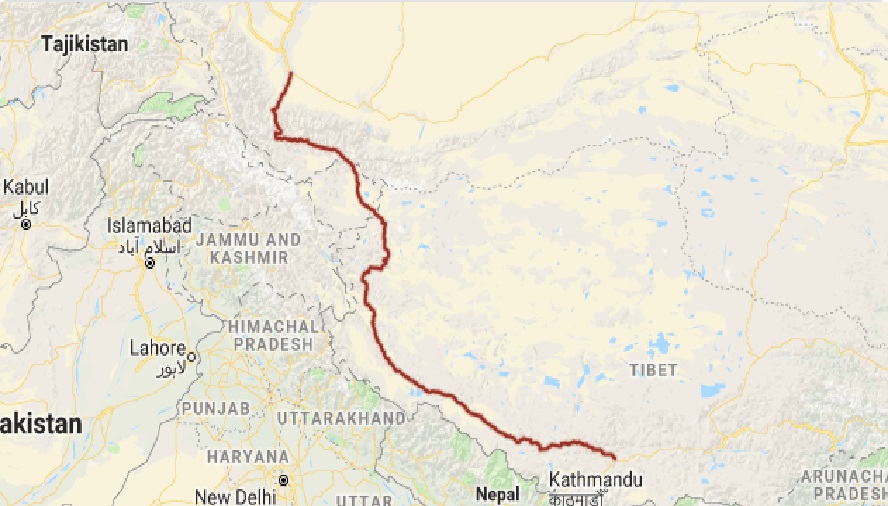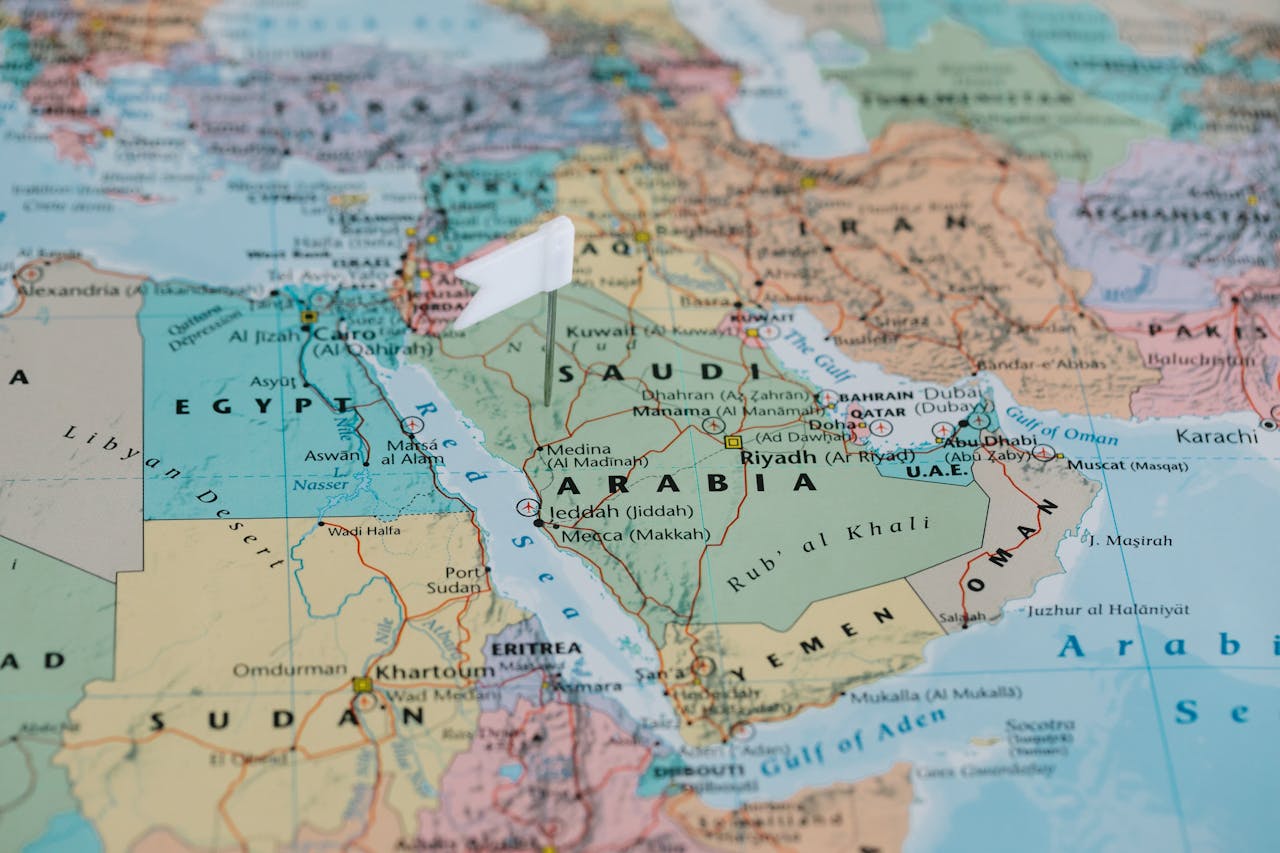Dividing Aksai Chin along the G219 Highway balances each country’s strategic priorities with respect for historical claims. With the highway as a natural demarcation line, this proposal gives both nations control over areas vital to their interests while creating mechanisms for cooperation and conflict prevention. The solution transforms Aksai Chin from a flashpoint into a region of shared opportunities and mutual respect, offering a sustainable framework for peace and stability along the India-China border.
A practical and strategic solution to divide Aksai Chin between India and China, using the Tibet-Xinjiang Highway (G219) as the natural boundary, could address both nations’ territorial and security concerns while paving the way for long-term stability. Here’s a framework for this solution:
Dividing Aksai Chin along the G219 Highway—A Pathway to Strategic Stability and Cooperation
Introduction
Aksai Chin, a disputed region in the northernmost part of the India-China border, has long been a source of tension between the two nations. Located in a strategically sensitive area, Aksai Chin is not only crucial to China’s connectivity between Tibet and Xinjiang but also holds strategic value for India due to its proximity to key military installations and security concerns. For decades, this region has been a flashpoint of conflict, with both countries asserting historical claims. In the face of these longstanding disputes, the proposal to divide Aksai Chin along the G219 Highway presents a practical and strategic solution that can address the security needs of both nations, while fostering a cooperative relationship and ensuring long-term peace.
The Case for Dividing Aksai Chin Along the G219 Highway
1. A Natural Demarcation Line: The G219 Highway The Tibet-Xinjiang Highway (G219) runs through the heart of Aksai Chin, connecting Tibet with Xinjiang and serving as a vital route for China’s economic and military interests. With its strategic positioning, the G219 forms a natural boundary that can be used as a practical dividing line between the two countries.
This highway already represents a key infrastructure asset for China and is heavily fortified due to its strategic importance. For India, the G219 offers a clear geographical marker that demarcates the region, providing a clear division of territories based on natural features rather than abstract claims. The use of the highway as a boundary reduces the complexities of negotiating and interpreting historical claims, instead focusing on a practical solution that takes into account current geopolitical realities.
2. Balancing Strategic Interests By dividing Aksai Chin along the G219, both India and China can secure control over regions of vital strategic importance while avoiding direct military confrontation. China’s control over the area along the highway ensures uninterrupted connectivity between Tibet and Xinjiang, a key component of its Belt and Road Initiative and overall regional integration. For India, the division allows control over the southern parts of Aksai Chin, providing access to important high-altitude areas and safeguarding critical defense installations along the region’s borders.
This division would allow both countries to maintain their strategic military capabilities in the region while creating a buffer zone that minimizes the risks of escalation. Each nation would control territories relevant to its defense needs without encroaching on the other’s vital interests, making it a mutually beneficial arrangement.
3. Historical Claims and Practical Realities One of the central issues in the Aksai Chin dispute is the historical claims by both India and China. India bases its claim on the British-era boundaries, which it believes should have been respected after independence. China, on the other hand, asserts that it has had control over the area for centuries, citing historical evidence from its imperial records. However, historical claims are often difficult to resolve and can be seen as inherently subjective.
By using the G219 as a boundary, both nations would set aside these contentious historical debates and focus on practical governance of the region. This would allow for a framework that is based on present-day geopolitical realities rather than long-standing but often unverifiable historical claims. It shifts the focus from an unresolved past to a more stable and cooperative future.
4. Mechanisms for Cooperation and Conflict Prevention While the division along the G219 would address territorial concerns, it is essential to build mechanisms for cooperation and conflict prevention to ensure lasting peace. This can be achieved through several measures:
- Joint Border Patrols and Monitoring: Both nations can establish joint border patrols along the G219 highway to prevent military incursions and ensure peace. Regular monitoring and communication can reduce the risk of misunderstandings or accidental skirmishes.
- Economic Cooperation Zones: Certain areas along the boundary could be designated as economic cooperation zones, where both nations can work together to build infrastructure, facilitate trade, and develop joint projects that benefit the local population. This approach would foster interdependence and reduce the likelihood of conflict.
- Cultural and Humanitarian Exchanges: Establishing cultural and humanitarian exchange programs can help build trust between the people living along the border. By encouraging cooperation on non-security issues, both nations can create goodwill and reduce the risks of conflict.
- International Arbitration Mechanisms: An independent body, such as the United Nations or a bilateral commission, could be tasked with resolving any disputes or ambiguities that arise along the newly established boundary. This would provide a neutral framework for conflict resolution, preventing unilateral action.
5. Transforming Aksai Chin from a Flashpoint to a Region of Shared Opportunities The division of Aksai Chin along the G219 highway offers the potential to transform the region from a military flashpoint into an area of shared opportunity. By acknowledging each country’s strategic and territorial needs while respecting the other’s claims, both India and China can create a framework for cooperation rather than confrontation.
A clear and mutually agreed-upon division along the G219 highway would provide the certainty necessary for long-term stability. It could also serve as a model for resolving other border disputes around the world, demonstrating that peaceful solutions to territorial conflicts are possible when both sides are willing to compromise and focus on mutual benefits.
Conclusion: A Sustainable Framework for Peace
In conclusion, dividing Aksai Chin along the G219 Highway provides a practical, strategic solution that balances both India’s and China’s territorial and security concerns. This approach respects historical claims while moving beyond them to focus on the present and future. By creating mechanisms for cooperation, conflict prevention, and economic growth, this proposal offers a sustainable framework for peace and stability along the India-China border.
This division transforms Aksai Chin from a region of conflict into one of shared opportunities and mutual respect, setting the stage for a peaceful and prosperous future for both nations. With the G219 as a clear and natural demarcation line, India and China have the chance to rewrite the history of their border dispute, ensuring that the future of Aksai Chin is one of stability, cooperation, and mutual benefit.


